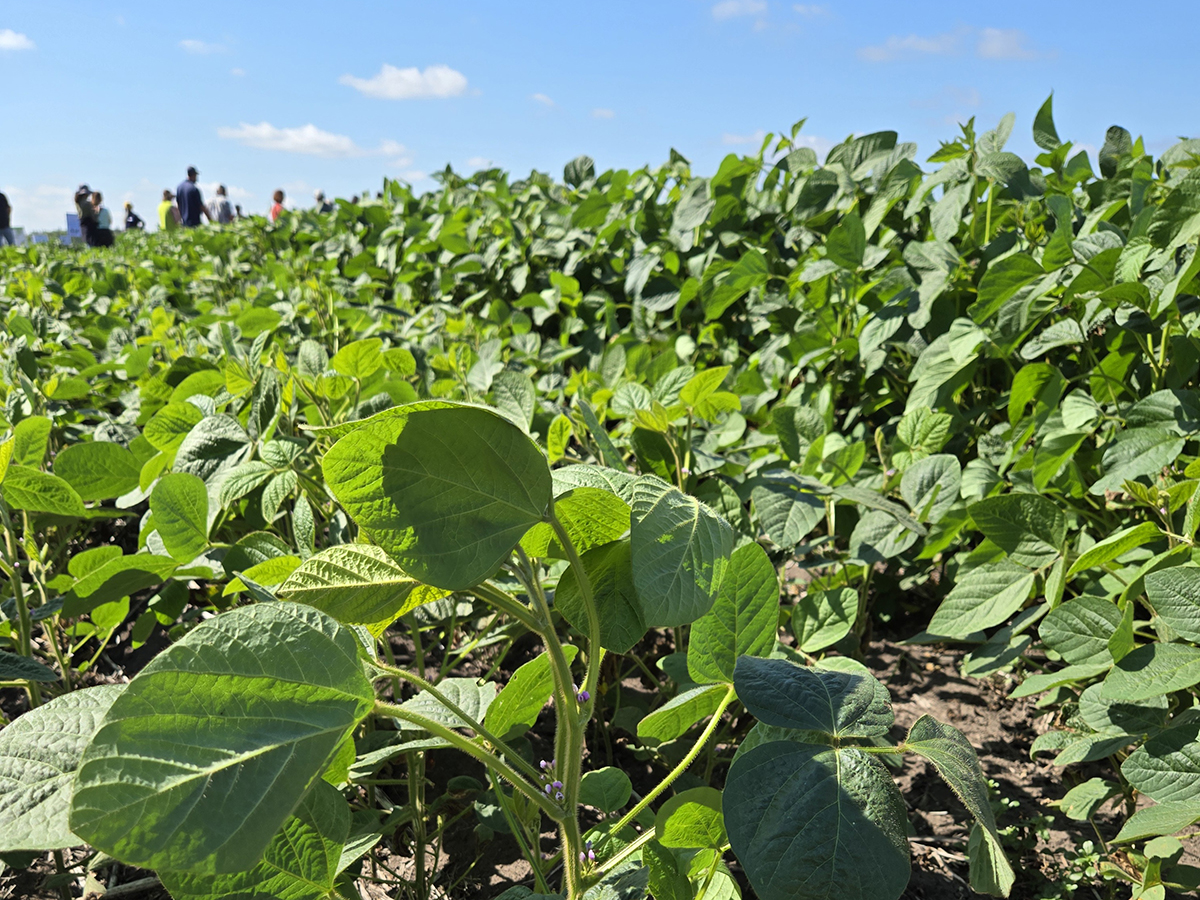Sometimes we read stories about humans being on a virtual runaway train toward starvation. I find this puzzling.
There are grain carryover stocks each year, meaning there is more food than people are eating. Theoretically, nobody should be hungry.
In Canada, producer prices are rising only slowly, so food should be cheap. We need to consider how to deal with world hunger and future needs.
The George Morris Centre in Guelph, Ont., estimates $2.7 billion in food is wasted each year in Canada, about 40 percent of what is produced. The largest portion is wasted by consumers. Can that waste be eliminated or reduced? Would that make more food available for export?
Read Also

Spider mites big soybean problem this season
Spider mite issues have been geographically limited but significant where they occur, said John Gavloski, an entomologist with Manitoba Agriculture.
Similar problems occur in other countries. In some places, storage problems and animal contamination of food pose difficulties.
Climate is another issue. Between 1880 and 1940, world average temperatures rose by half a degree. From 1940 to 1980, world temperatures decreased slightly. Since 1980, temperatures have risen about another half a degree.
The El Nio/La Nia southern oscillation, a complex weather pattern, can cause drought or flooding in various places. It may have been partly to blame for the wet weather on the Prairies this year, which may continue into next year.
The United Nations Food and Agriculture Organization has reported that food prices have risen to record levels around the world. Poor crops in Canada, Russia and Ukraine are part of the problem, as well as dry weather in Argentina and flooding in Australia.
A coupe of years ago, I wrote about the potential for food riots in a number of countries because of rising prices. Those riots did take place, though not as many as I had expected. The potential for violence is real. Can we defuse that?
From my perspective, politics are the major problem.
The FAO identifies two countries in the Americas where hunger is already a problem: Haiti and Colombia. In Africa, most of the central continent is already hungry – Sudan, Kenya, Zimbabwe, Madagascar, Somalia and Ethiopia. In Asia, North Korea, Iraq, Afghanistan and Pakistan have problems.
Do you notice the trend? All these countries are experiencing political repression or instability and sometimes war. Plus, in some cases, people are dealing with the effects of natural disaster.
It is difficult to grow food in a war zone or disaster area. It is difficult to transport food from one place to another, over damaged roads or in dangerous territory. Hunger is real, even if there is enough food.
There are about seven billion people in the world. By about 2045, there will be nine billion.
The FAO estimates we will need 70 percent more food through increased production and decreased waste.
New, high-yielding varieties may help but there are other important considerations on which we need to work.
Rob Brown is an ethics student in Saskatoon.















